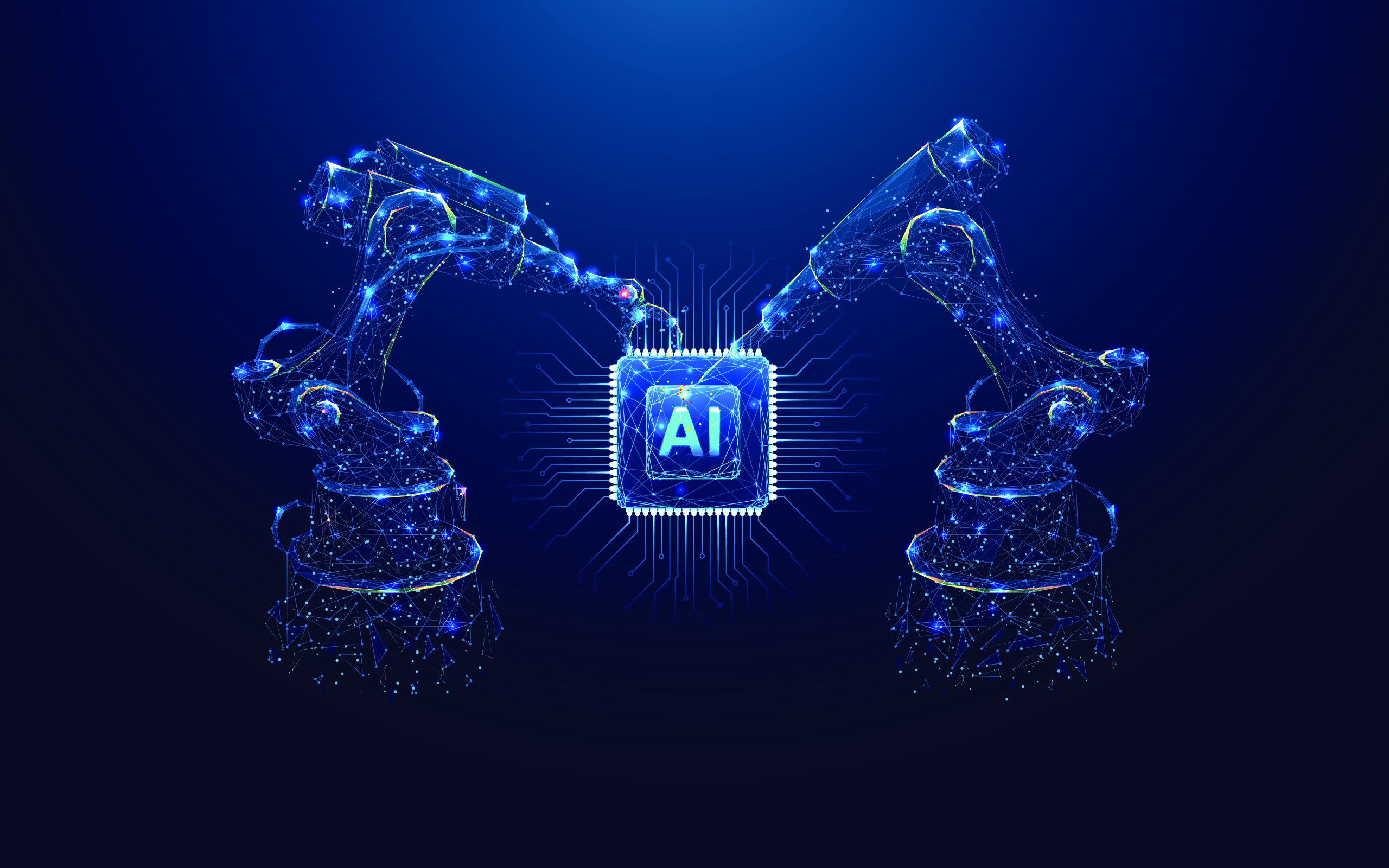TABLE OF CONTENTS
The manufacturing industry’s AI market is expected to grow from $3.2 billion in 2023 to $20.8 billion by 2028, or 45.6% annually.
This rapid expansion is driven by the shift toward Industry 4.0, where AI-driven automation and data connectivity play increasing roles in product development. By some estimates, AI can deliver 30% cost savings and increase production output by 15%, making it a critical driver of efficiency in this new industrial era.
In this article, we’ll look at the most important AI trends in manufacturing for 2025, from the growing role of generative AI to smarter supply chain management and PLM advancements. We’ll also highlight real-world applications and explore how tools like AI-enabled PLM can help hardware companies adapt and succeed in this quickly evolving landscape.
Generative AI for Usability & Sustainability
Generative AI (GenAI) is making industrial technology easier to use and more accessible. Instead of requiring engineers to write complex search queries or manually sift through data, AI-powered tools can now intuitively provide clear insights, design recommendations, and process optimizations.
GenAI is helping manufacturers reduce waste and make more sustainable choices. By simulating and testing product variations before they are physically produced, AI design tools help companies minimize material waste and improve energy efficiency. These systems can also factor in key sustainability considerations—such as carbon footprint, recyclability, and material usage—to guide smarter decision-making in product development.
Looking ahead, we can expect more intuitive AI interfaces, allowing engineers to interact with design software using natural language and visual prompts. Sustainability will remain a driving force, with AI helping to optimize material selection and reduce emissions.
Supply Chain Management
Supply chains involve mountains of complex, disparate datasets, which AI is excellent at processing. AI can quickly analyze data and look for warning signs so that instead of reacting to problems, businesses see them coming. That means fewer bottlenecks and unforeseen disruptions that delay product launches and inventory management.
AI systems can help manufacturers adjust production based on real-time market data. They’re so effective at factory floor quality control and predictive maintenance that this year, over half of all manufacturers are projected to use AI for these processes.
We expect AI-driven supply chains to become even more autonomous soon, with self-correcting logistics systems that automatically adjust procurement, delivery routes, and inventory.
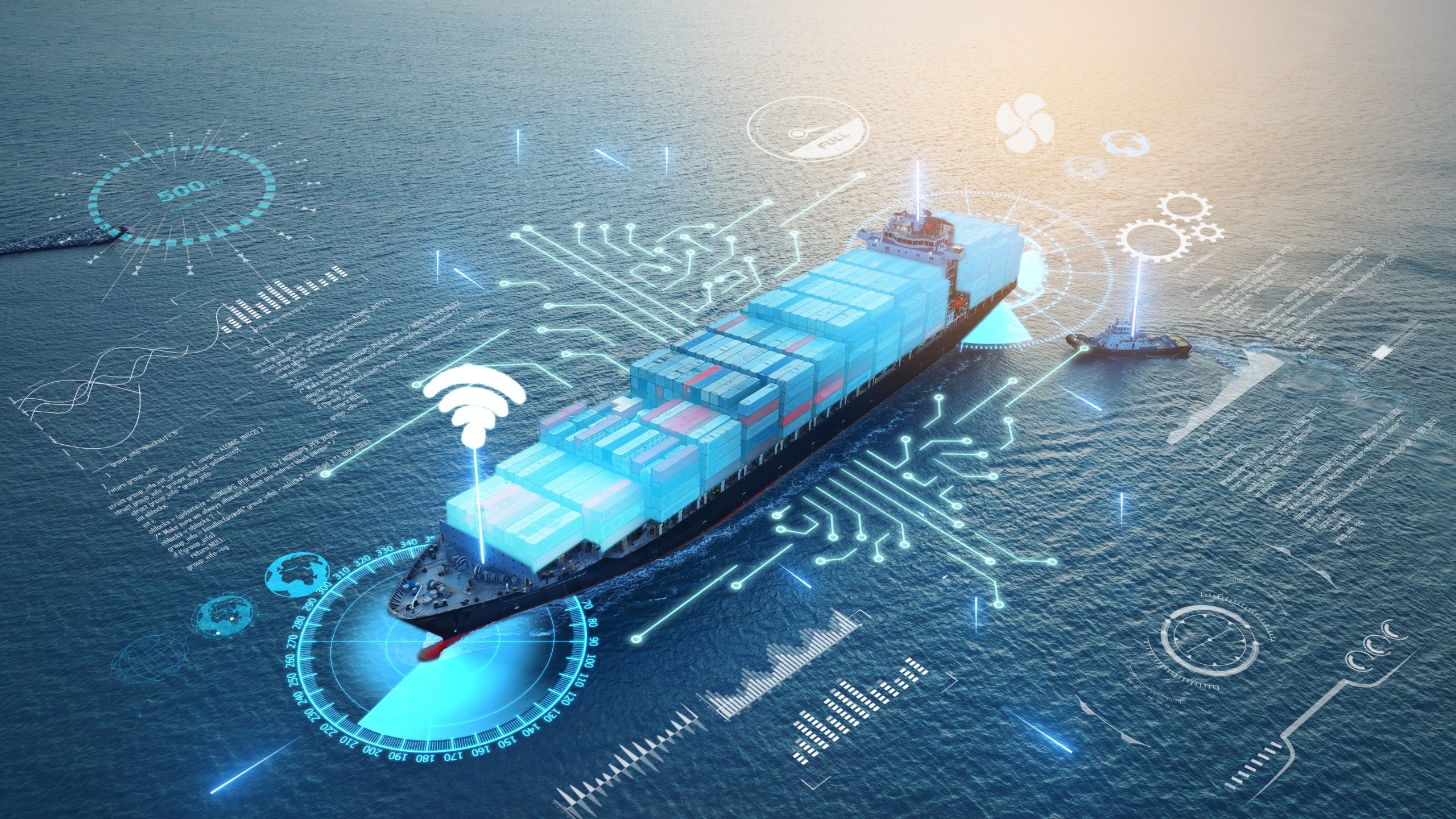
Metadata Enrichment
Manufacturing data is notoriously complex. It contains data like technical specs, production logs, drawings, and sensor readings, which are challenging to organize and cross-analyze.
Metadata is the “data about data” that provides context to this information and makes it usable. AI-powered tools can automate metadata enrichment, taking technical data and automatically pulling key details from different sources, putting them into an easy-to-read format, and suggesting helpful tags and categories.
With better metadata, manufacturers can unlock the potential of their data. Finding what they need is easier, collaboration gets smoother, and everyone can make better decisions. Soon enough, we expect to see proactive data management systems that anticipate user needs and surface relevant data before it’s even searched for.

AI and Digital Twins
Digital twins are digital models of real-world systems. They allow manufacturers to digitally simulate scenarios to make better, more efficient product decisions. With the advancement of GenAI, digital twins are evolving into more dynamic, self-improving systems that are even more effective for optimizing production.
Creating and maintaining digital twins used to require significant time and expertise. AI makes this much more manageable, generating detailed models faster and updating them with real-time production environment data. This allows manufacturers to experiment with different designs, workflows, and supply chain scenarios without interrupting operations.
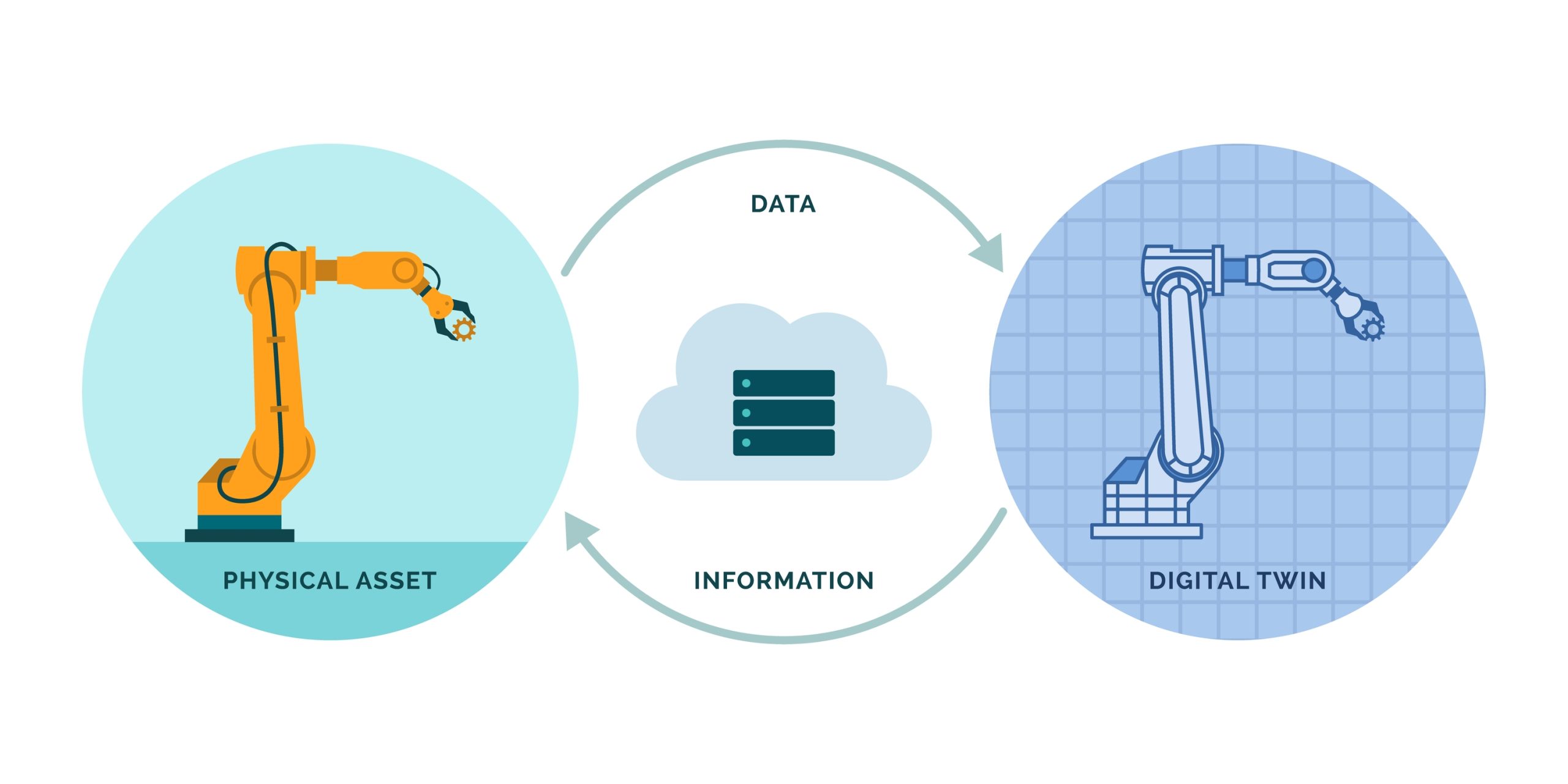
We expect AI-enhanced digital twins will play a growing role in smart factories, with real-time sensor data continuously feeding into AI models. This will help manufacturers fine-tune production for better quality and efficiency. Industries like automotive, aerospace, and industrial manufacturing are already seeing the benefits, and as AI improves, digital twins will become an even more valuable tool for optimizing production.
Component Procurement
While it may not be as flashy as assembly line robotics or digital twins, component procurement is a crucial part of manufacturing success. Disruptions in the supply chain, shifting prices, and unexpected delays can cause issues that slow production.
AI-powered procurement tools can analyze supplier data to help manufacturers identify the best sources for parts based on availability, lead times, and cost. Instead of manually searching supplier catalogs, AI can automate vendor selection, compare pricing trends, and even predict shortages. This means manufacturers can source components faster and more efficiently.
AI will continue improving procurement by integrating directly with PLM (Product Lifecycle Management) and ERP (Enterprise Resource Planning) systems. This will allow manufacturers to automate decisions based on live production data, ensuring that the right parts are ordered at the right time—without human intervention.
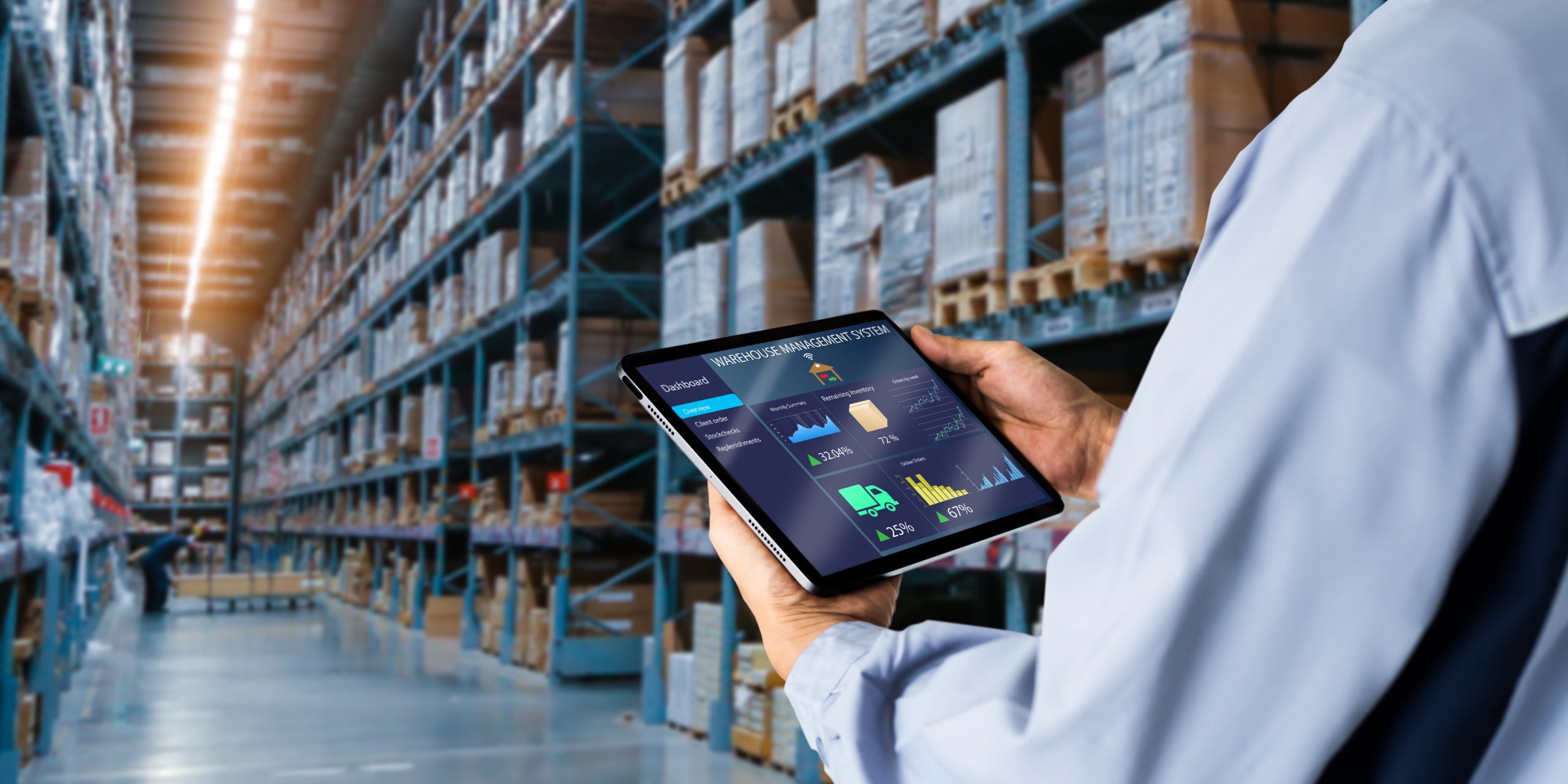
AI-Enabled PLM
AI has been making waves in manufacturing, yet PLM platforms have been slow to evolve. A lot of legacy systems like Oracle Agile PLM still rely on rigid processes that make it difficult to find information, optimize designs, and adapt to supply chain shifts.
That’s where Duro sets itself apart–as the only PLM platform built with AI, Duro is at the forefront of optimizing hardware companies’ operations. Duro’s PLM helps manufacturers establish a digital thread, which ensures design data, supply chain information, and production records are always accessible and aligned.
Duro’s AI-enabled PLM platform is designed to give hardware teams unprecedented control over product development, supply chain data, and design optimization—without the complexity of legacy systems.
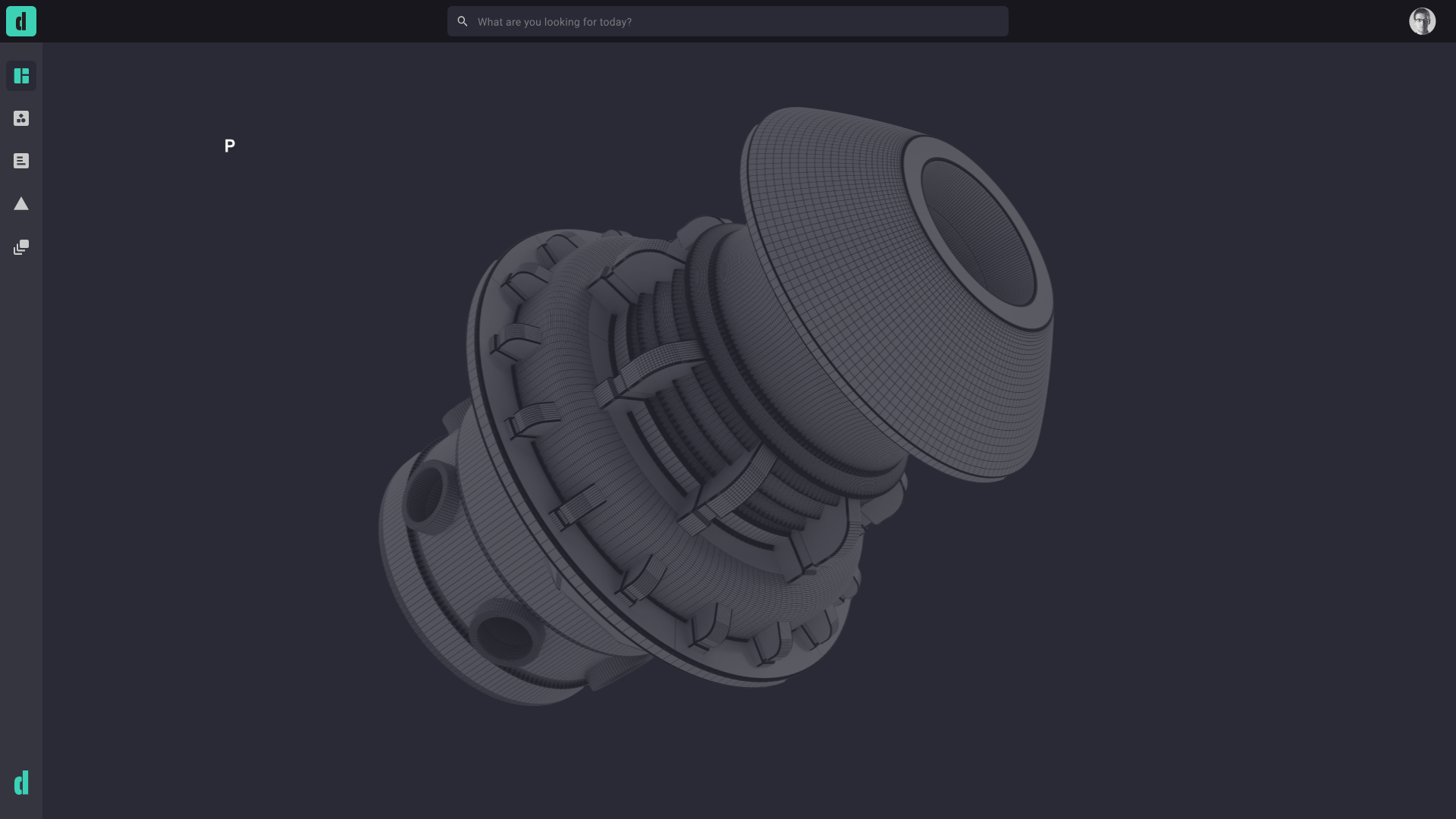
Why Embrace AI in Manufacturing?
The industry is rapidly evolving, from GenAI enhancing data usability to AI-powered supply chains, digital twins, and automated procurement. These technologies are making manufacturing more agile, ensuring companies can adapt to disruptions before they happen.
As technology evolves, so do demands on manufacturers–and legacy systems, with their rigid structures, can’t keep up. Companies need modern, AI-driven tools that adapt to real-time changes and optimize decision-making. That’s where Duro comes in. Built to enhance product development and supply chain management, Duro is an AI-enabled PLM that gives hardware teams fast, reliable access to data while maintaining a digital thread across every production stage.
Investing in AI today isn’t just about keeping up—it’s about staying ahead. Manufacturers that integrate AI into their workflows will work faster, make better decisions, and build more resilient operations. With tools like Duro PLM, companies can turn AI’s potential into a real competitive advantage, ensuring they’re ready for whatever comes next.

